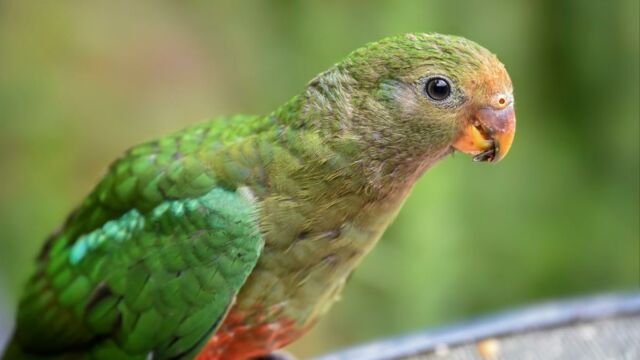Recent research published in the journal Trends in Ecology & Evolution has found that warm-blooded animals such as birds are changing their physiology to compensate for the intense heat of global warming, including growing bigger legs, beaks and ears.
Discover our latest podcast
Animals are adapting to avoid overheating
Researchers explained that warm-blooded animals such as birds that live in warmer climates have adapted to the temperatures over time by growing larger beaks, as this part of their body isn’t insulated by feathers. Other animals also use their ears, tails or legs for a similar purpose. The paper explained:
The increasing temperatures experienced as part of climate change may be selecting for larger appendages that facilitate efficient heat dissipation or result in relaxation of selection for small appendages through which body heat could be deleteriously lost in cold climates.
However, author of the study, Sara Ryding of Deakin University, explained that the changes are no reason to celebrate: ‘Shapeshifting does not mean that animals are coping with climate change and that all is fine.’
It just means they are evolving to survive it – but we’re not sure what the other ecological consequences of these changes are, or indeed that all species are capable of changing and surviving.
Climate adaptations most noticeable in birds
Researchers also acknowledged that it was difficult to pinpoint global warming as the sole reason for these changes but that it was a common point across geographic locations and the animals studied.
Examples of shapeshifting were most notable in birds. Observations revealed that several species of Australian parrot’s beaks notably grew by 4%-10% since 1871, an instance that was positively correlated with the summer season.
Additionally, North American dark-eyed juncos also showed an increase in beak size, correlating with short term temperature extremes occurring in cold environments.
But, it’s not just birds that have been adapting to climate change. The paper also noted tail increases in wood mice while shrews grew longer tails and legs. Meanwhile, bats in warmer climates also have larger wings.
Ryding explained that while the changes we’re seeing are small, they could continue to become more significant in the coming years as climate change worsens:
The increases in appendage size we see so far are quite small – less than 10% – so the changes are unlikely to be immediately noticeable. However, prominent appendages such as ears are predicted to increase, so we might end up with a live-action Dumbo in the not-so-distant future.
Bigger beaks in birds may help them to cool off a little easier. Still, it’s unclear whether these physiological changes could affect animals in other ways, like making eating or flying more difficult.
A lot of the time when climate change is discussed in mainstream media, people are asking ‘can humans overcome this?’, or ‘what technology can solve this?’. It’s high time we recognised that animals also have to adapt to these changes, but this is occurring over a far shorter timescale than would have occurred through most of evolutionary time.















